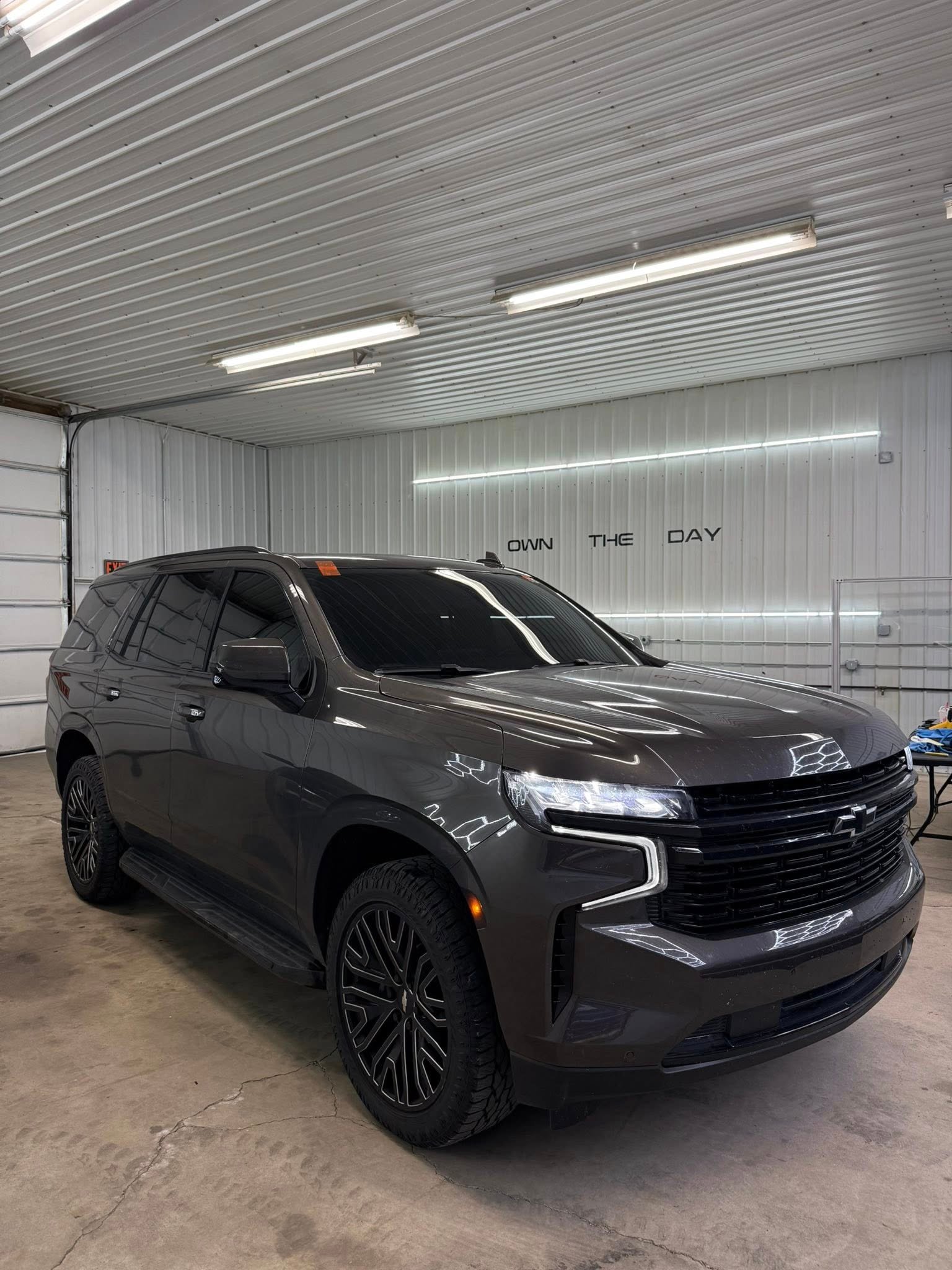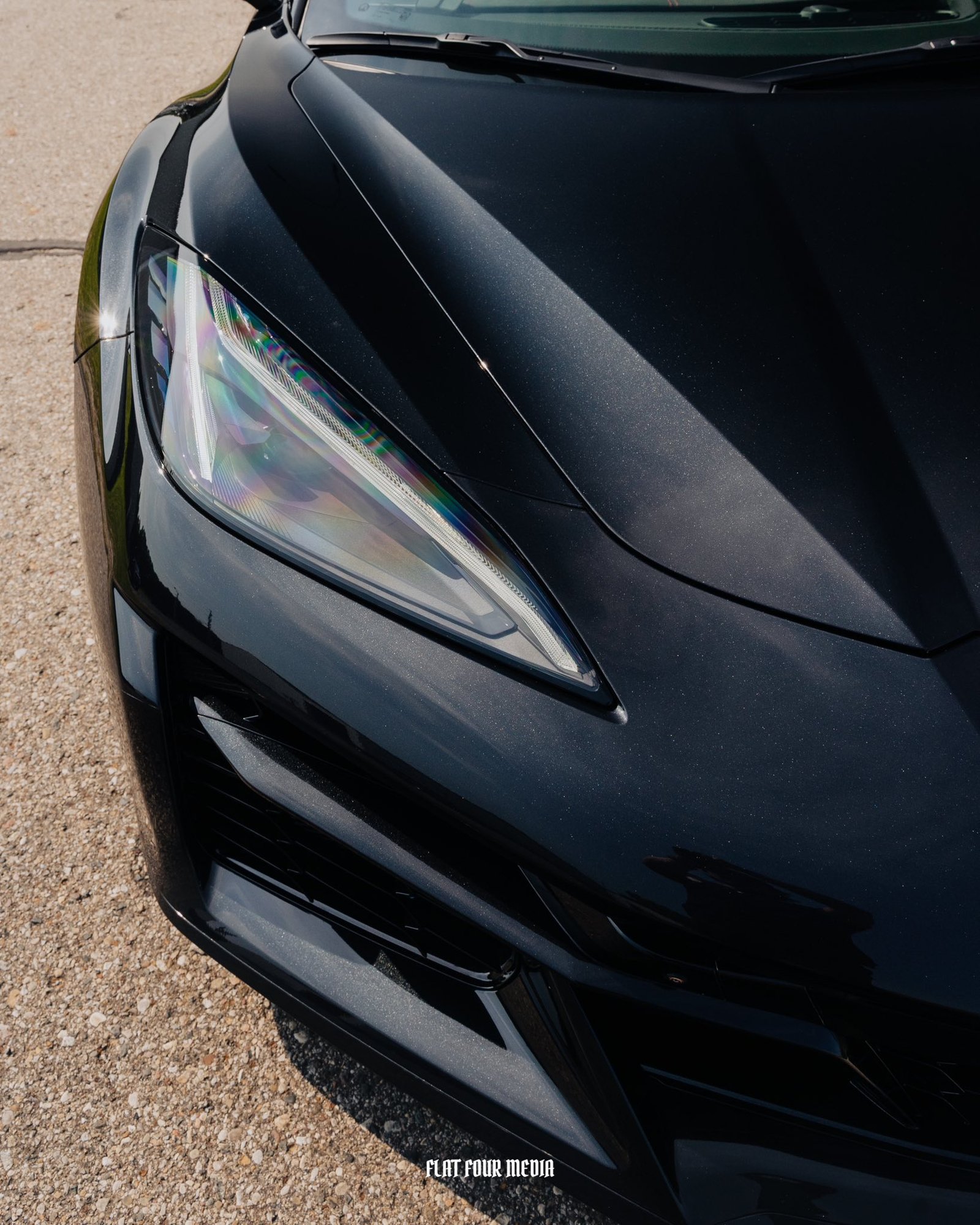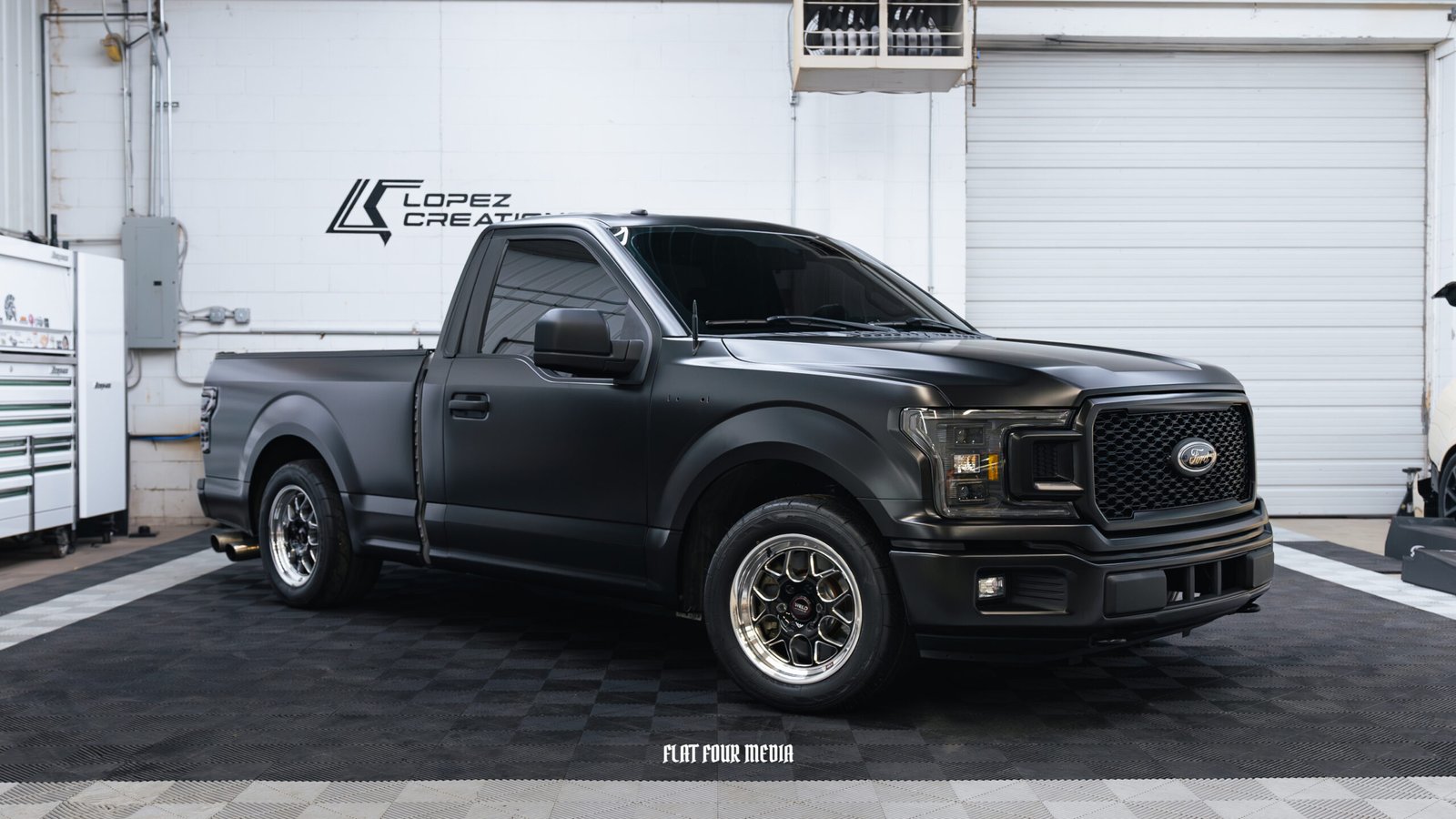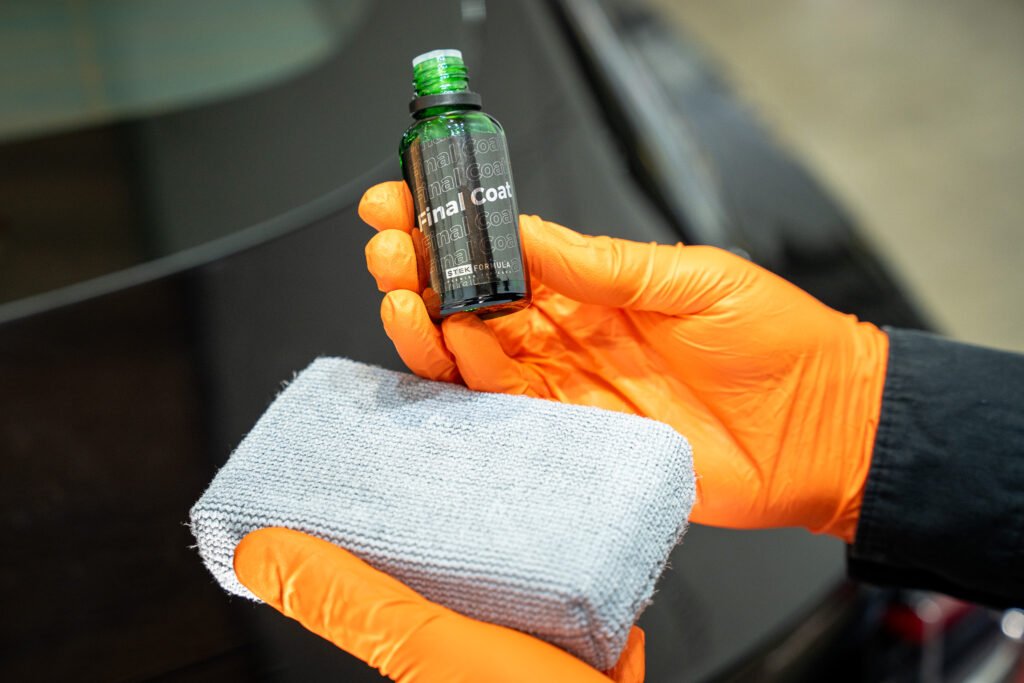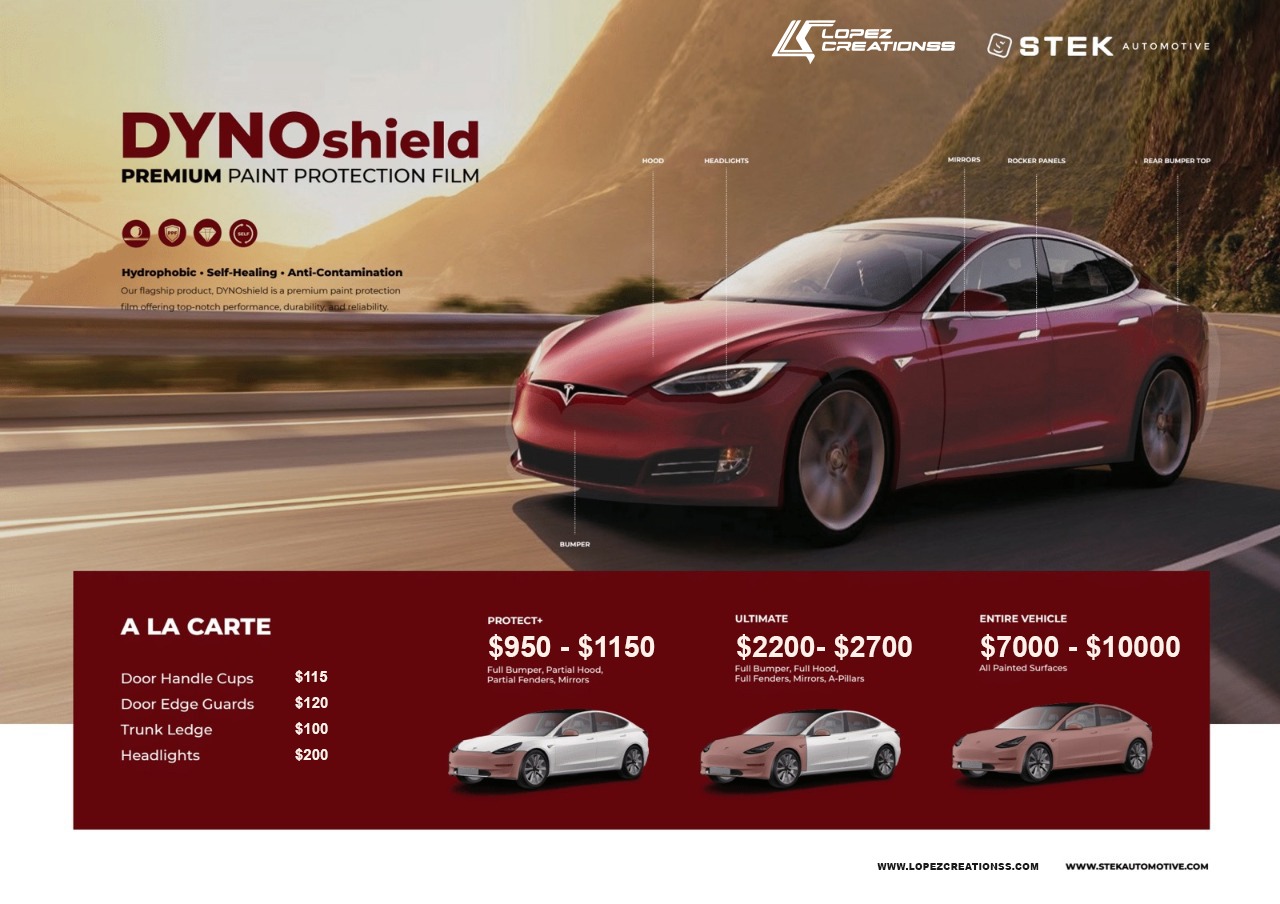Searching car window tinting near me? The right shop will help you choose a legal film that fits your budget and comfort goals, then install it cleanly with a strong warranty. Use this guide to compare films, vet shops, and book a smooth, same day or next day install. If you’d like to compare our window tint prices among local companies check out our window tint pricing guide.
Situation → Complication → Question → Answer
- Situation: You want cooler cabins, UV protection, and a clean factory look.
- Complication: Film types, laws, and shop quality vary widely.
- Question: How do you pick the best tint shop near you and avoid costly rework?
- Answer: Decide on film type, verify legality, compare certified shops, and confirm price, cure time, and warranty in writing.
TL;DR
Choose film first, then the installer. Verify local tint laws, confirm the window tint brand and warranty. Most installs take 2–5 hours with 2–7 days of curing before rolling windows down.
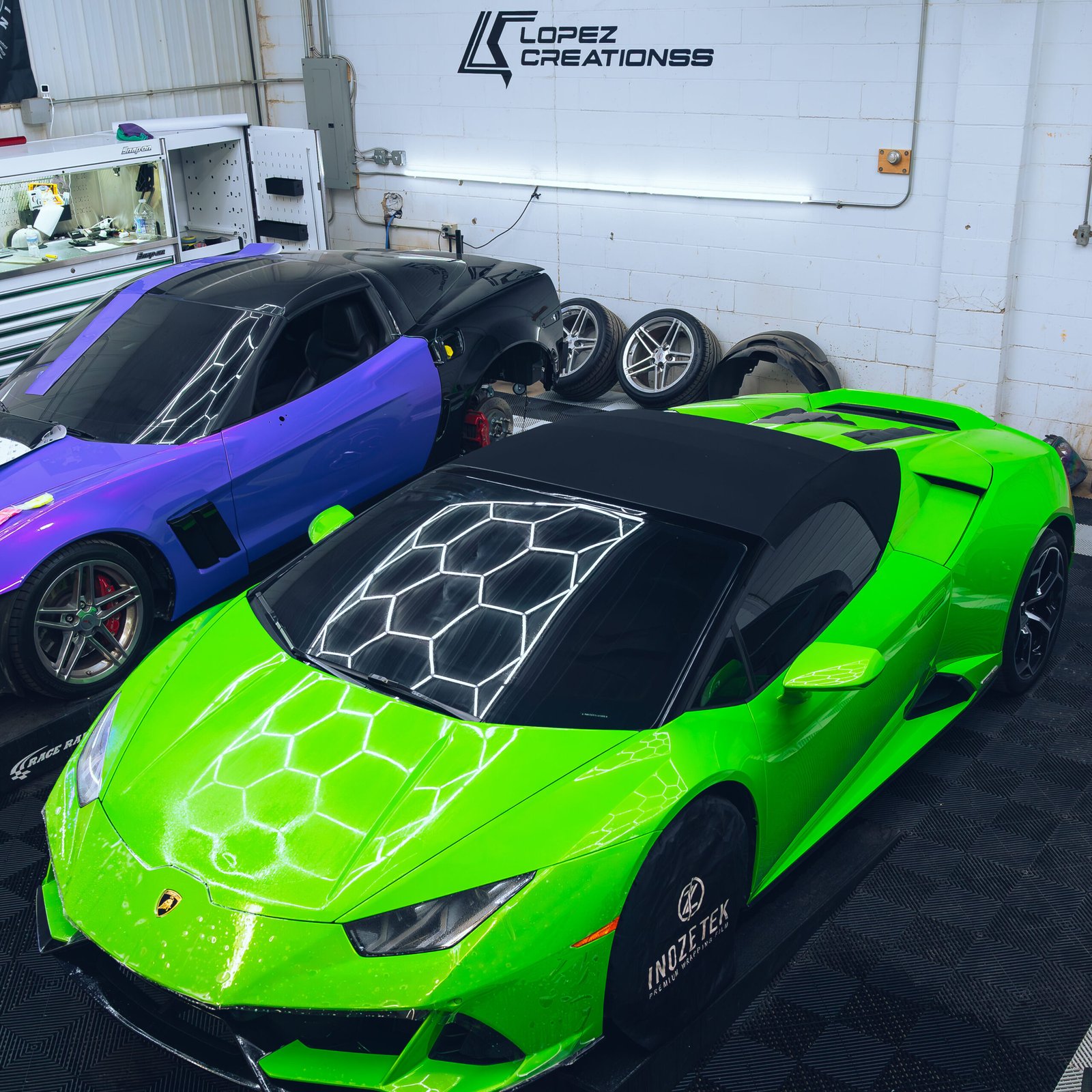
Outline
- Decide on film type
- Dyed vs metallized vs carbon vs ceramic
- Check tint laws and visibility limits
- How to compare shops near you
- Reviews, film brands, plotter use, installer certifications
- What affects price and timeline
- Vehicle type, film grade, removal of old tint
- Aftercare and warranty checklist
- Booking tips for same day or next day installs
The importance of high quality tint
A quality tint improves comfort, style, and privacy while blocking UV. Getting that result depends on the film you choose and the care your tint installer takes on edges, dust control, and plotter patterns. A short checklist now helps you avoid tickets and peeling later.
The specific characteristic of high quality window tint films
- Comfort boost: Premium ceramic films can reject very high levels of infrared heat while allowing light transmission. Mordor Intelligence notes growing adoption of advanced ceramic films due to heat rejection performance.
- UV defense: Modern films block up to 99 percent of UV, helping protect interiors and skin, according to Grand View Research.
- Signal friendly: Non metallized films avoid interference with modern antennas, which is a key reason carbon and ceramic films are gaining share, per Mordor Intelligence.
Decide on what type of window tint film type you want
Carbon: Color stable, non metallized, good heat rejection and no signal issues.
Ceramic: Top clarity and heat rejection, color stable, non metallized. Best for comfort with lighter shades.
Make sure to Check local tint laws and visibility limits
Know the legal visible light transmission for each window. Always confirm before booking.
How to compare window tint shops quality of work near you
- Check reviews and proof of work
Look for consistent photos of clean edges and dust free results on vehicles like yours.
- Look at the film brands they use:
Ask for the exact brand and series in writing. Avoid unbranded films, and brands with a bad reputation.
- See if they use a plotter
Choose shops that cut patterns on a plotter and heat shrink on glass to reduce blade use near edges.
- Certifications
Ask about brand certifications and warranty registration steps.
What affects window tint prices and timeline
- Vehicle type: Coupes can be more complex than sedans. SUVs have more glass.
- Film grade: Ceramic costs more than carbon or dyed, and specialty IR nanoceramic costs the most.
- Removal: Old film removal adds time and labor.
Typical time: Most installs take 2–5 hours. Add time for removal, sunroofs, or windshields.
Aftercare and warranty checklist
- Do not roll windows down for 2–7 days depending on film and weather.
- Expect a slight haze while moisture evaporates during cure.
- Clean with ammonia free glass cleaner and soft towels only.
- Keep proof of purchase, warranty card, and brand series info.
Risk caveat: Illegal VLT levels or poor edge prep can lead to tickets and premature peeling.
Step by step: book a tint install like a pro
1) Define the goal
Reduce heat, improve privacy, or match factory rear glass. This sets film type and shade.
2) Check the law
Look up legal VLT by window position. Bring your target to the shop.
3) Get written quotes
Ensure brand, series, shade, warranty length, and any removal fees are listed. (Expert tip)
4) Confirm timeline
Ask for the estimated install time and cure guidance.
5) Pickup checks
Inspect edges, dot matrix areas, and defroster lines. Request a VLT meter reading before you leave. (Expert tip)
The cost / time / risks of window tint installs
Budget varies by film grade and door count. Ceramic and IR nanoceramic cost more than dyed or carbon.
Most installs take 2–5 hours. Allow 2–7 days of cure time before rolling windows down.
Risks include improper VLT causing tickets, knife marks from hand cutting near glass, and early peeling from poor prep.
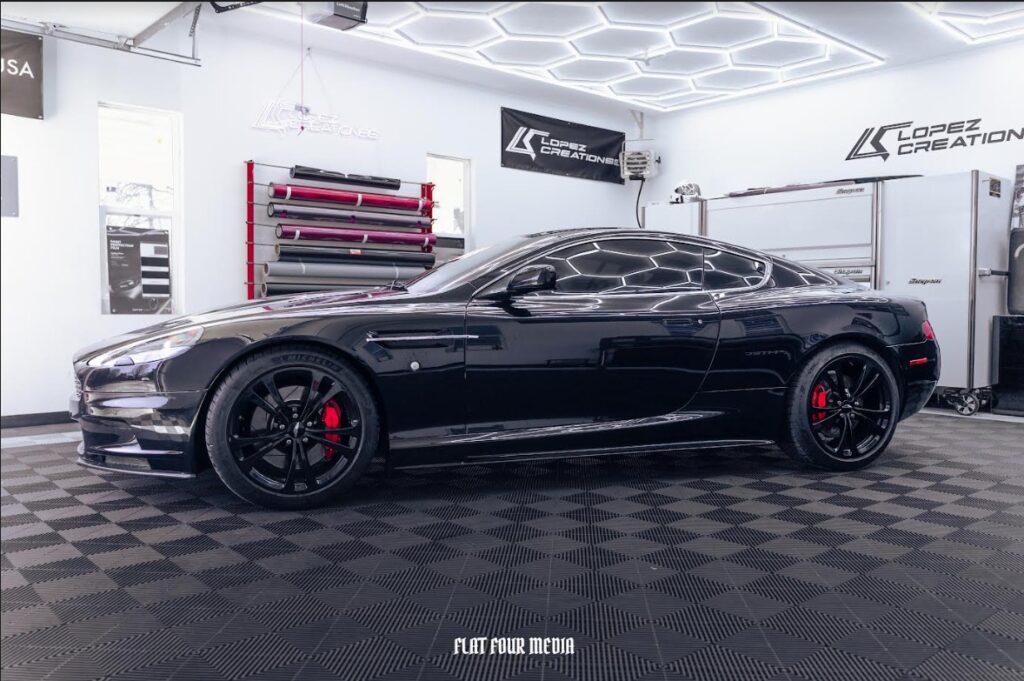
Key Takeaways for choosing the right window tint installer
Choose film type first, then the installer who stands behind it.
Verify legal VLT with a meter before and after the install.
Prefer plotter cut patterns and certified installers for clean edges.
Expect 2–5 hours in the bay and 2–7 days of cure time.
Keep warranty paperwork and use safe, ammonia free cleaners.
Professional Window Tint Installers In Michigan
Have questions or want to compare ceramic vs carbon films for your car? Lopez Creationss is ready to help you pick the right shade and film series, then book a clean, warrantied install.
Choose a legal shade that balances visibility and comfort. Many daily drivers pick a mid shade on the sides with a slightly lighter front to see well at night, while still receiving the UV protection benefits.
Ceramic often provides higher infrared heat rejection and clearer optics than carbon. Both are signal safe and color stable.
Most films cure in 2–7 days depending on weather, film thickness, and glass curvature.
Laws vary. Many regions allow a visor strip only. If full windshields are legal where you live, choose a very light, high clarity film. Or go with a windshield Protection option.
Cost depends on vehicle type, film grade, and any removal. Ceramic films cost more but deliver better heat rejection.
Metallized films can. Carbon and ceramic films are non metallized and are generally signal friendly.


